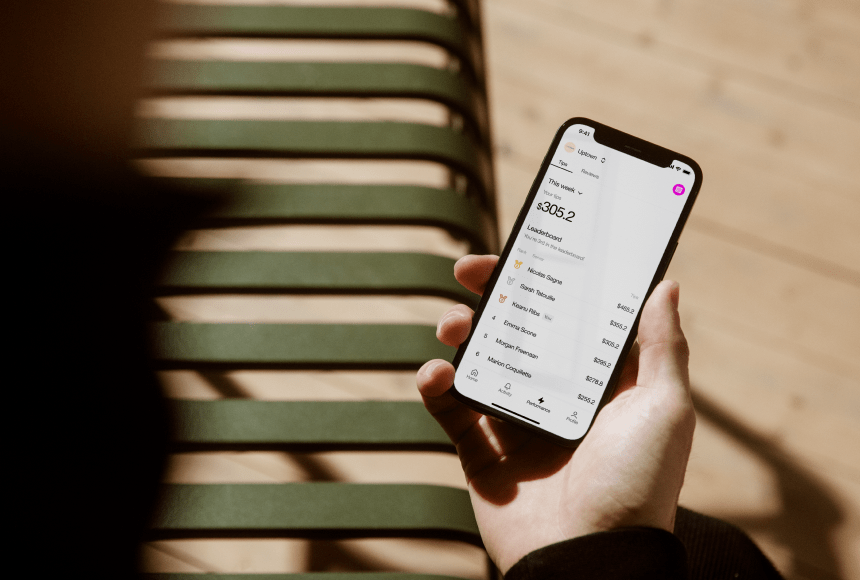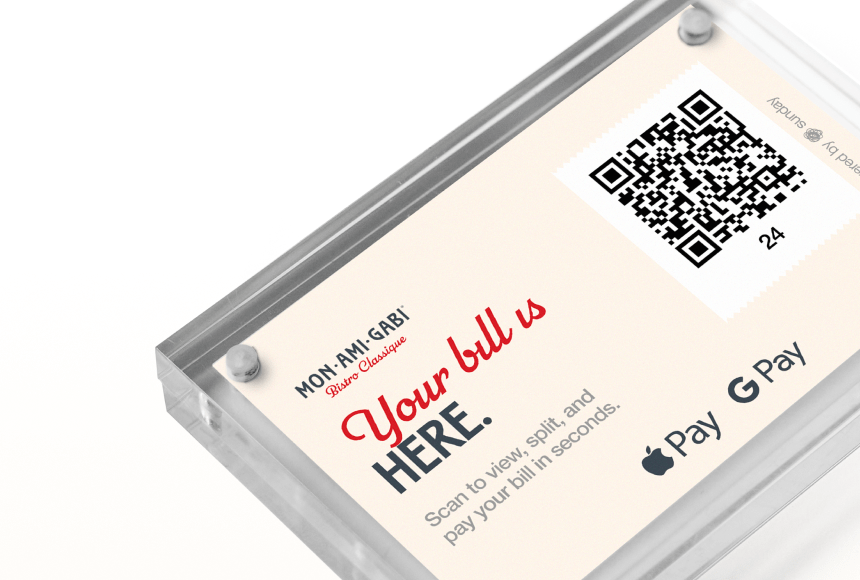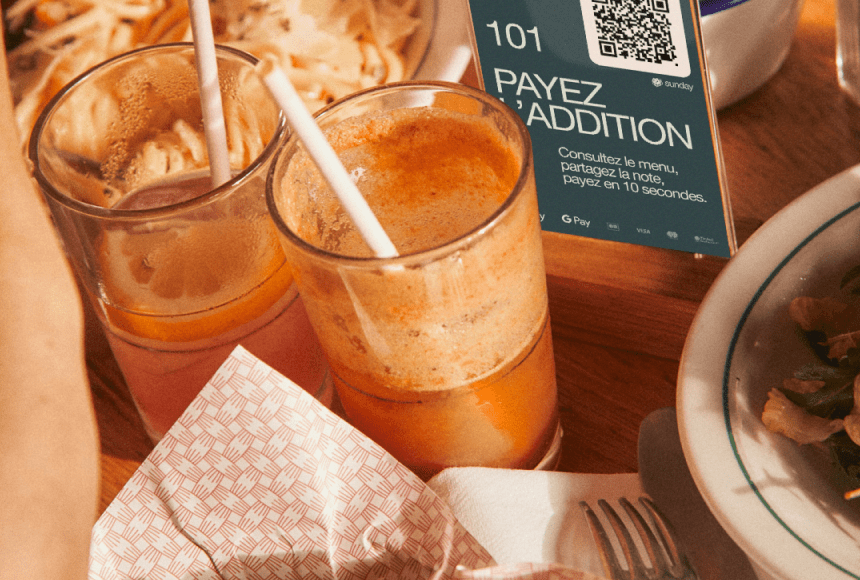
Boosting Restaurant Returns Through Thoughtful Tech Investments
Understanding Technology’s Place in Today’s Dining Experience
Running a restaurant has always required a balancing act, but technology solutions now introduce new layers to the mix. The modern diner is more connected, more aware, and has sky-high expectations—especially in the United States, where customers are used to streamlined experiences, from mobile ordering to online reservations to QR code payments. But new solutions come at a cost, and it’s vital to understand your return on investment (ROI) before plunging into big changes.
The term “Restaurant Tech ROI” might sound overly technical, but it’s simply a way of measuring where your budget is going and ensuring it pays dividends for customer satisfaction, staff performance, and the overall health of your business. According to a recent report from the National Restaurant Association, nearly 80% of restaurant operators say they plan to invest in new technology in the near future. But not all metrics are created equal—and not everything that can be measured is worth a spot on your scorecard.
Consider the bustle in your dining room: servers weaving through tables; a busy line churning out plates at peak dinner rush; contactless payments that keep things moving. Each of these situations can benefit from the right tech upgrade. Yet, too often, operators install new systems without a clear plan for measuring success. Let’s walk through the essential elements of Restaurant Tech ROI—what’s worth tracking, and what could be a distraction in the quest to run a profitable and beloved establishment.
Key ROI Metrics to Measure
When you add or optimize a piece of technology in your restaurant—be it a digital payments platform, a kitchen display system, or an inventory management software—knowing which numbers to keep an eye on can make a world of difference. Let’s break down the top metrics that often translate directly into a better bottom line.
1. Revenue Growth
It might seem obvious, but boosting revenue can’t be overlooked as an ROI measure. Ideally, the technology you introduce should either help you sell more (like an online ordering system or an upselling recommendation platform) or minimize revenue leakage (like an integrated payment terminal that speeds up table turnover). Compare your sales before and after implementing the system to gauge the difference. Keep in mind that revenue growth can also come from higher customer satisfaction, leading to repeat visits.
2. Labor Cost Savings
One of the biggest day-to-day headaches is labor cost. You want to schedule enough team members to handle the crowd without overspending. The right tech tool—like a scheduling platform that analyzes historical sales trends—helps you staff accurately and spot patterns. Technology that automates tasks (like QR code ordering, or integrated tipping systems that reduce human error) often drives significant labor cost savings. Keep a close watch on labor as a percentage of total revenue.
3. Table Turnover Rate
Think of table turnover as the tempo of your dining room. The quicker each table transitions without compromising service, the more diners you can seat in a given period. Tools like digital payment solutions (for example, scanning a QR code from sunday to settle the bill) can shave precious minutes off the payment process. Track how many minutes a table is occupied from seating to payment, and see whether new technology helps you move guests through faster.
4. Average Check Size
We’ve all seen how tempting pictures of freshly brewed espressos or mouthwatering desserts can significantly influence what diners purchase. Digital menus and ordering systems can automatically prompt customers to add appetizers or a glass of wine. Monitoring average check size is a direct indicator of whether your tech fosters upselling: if it goes up, you know your point-of-sale system or ordering interface is nudging customers in the right direction.
5. Customer Satisfaction and Loyalty
Repeat diners are the bread and butter of local restaurants. While “satisfaction” can be tricky to quantify, it often shows in higher tip percentages, glowing online reviews, and social media engagement. If your new tech is making life easier—like contactless payments or a text-based waitlist system—customers will likely reward you with positive feedback. Pay attention to review scores on popular platforms, such as Google reviews or Yelp, and track changes over time.
Metrics That Might Not Be Worth Your Time
Not every data point is essential. Just because a new tool can generate endless reports doesn’t mean you need to bury yourself in them. Let’s look at a few metrics that might be less helpful—and could distract you from what really matters.
1. Social Media Follower Counts
Sure, it’s nice to have a robust following on Instagram or TikTok. But focusing solely on the number of followers won’t necessarily translate into revenue. A small, engaged audience of local foodies can do more for your bottom line than having thousands of indifferent followers. Set aside the vanity metrics and measure how social media drives tangible business, such as visitors to your online reservation portal or redemption of social media-based promotional codes.
2. Download Volume for Your App
If you have a restaurant app, the raw number of downloads might seem like a big deal. But the real question: are those customers actually using it to order food or make reservations? Activate geo-based push notifications, optimize loyalty programs, and track usage beyond the download button. A smaller user base that’s actively ordering or checking in is far better than a massive user base that quietly forgets your app is on their phone.
3. Open Rates on Email Marketing
While email can be a powerful tool, obsessing over open rates alone can be misleading. Is your email content driving reservations, loyalty program sign-ups, or special event attendance? If not, high open rates may only mean your subject line was catchy. Go deeper: measure conversions or direct clicks to your menu or booking portal. That’s a more accurate indicator of your email campaign’s ROI.
Common Pitfalls and How to Dodge Them
Even with the best intentions, many restaurant owners make mistakes when evaluating their tech investments. Below are a few potential pitfalls and how to steer clear of them.
- Failing to Define Success Upfront: If you rush into a system without setting clear objectives, you won’t know whether it’s working. Identify what problem you aim to solve—long lines, cash-handling inefficiencies, or muddy inventory tracking—and map your goals accordingly.
- Skipping Staff Training: A cutting-edge payment terminal or a new POS doesn’t mean anything if your staff isn’t prepared to use it effectively. Dedicate adequate time for hands-on introduction and ongoing training. Otherwise, you risk underutilizing what you paid for.
- Ignoring Integration: Piecemeal tech solutions that don’t talk to each other can create data silos and confusion. Make sure your scheduling, payment, and inventory systems are integrated so you can track trends holistically. This synergy streamlines staff responsibilities and eliminates double data entry.
- Overreacting to Small Sample Sizes: Don’t overhaul your procedures after a single slow weekend or a tech glitch. Look for patterns over weeks and months. Identify trends so that you’re making decisions based on enough data to reflect your restaurant’s true performance.
Tech Tools and Their Real Impact on ROI
From digital kitchen display systems to automated inventory management, technology can weave throughout your entire operation. But which ones really give you bang for your buck? Below is a quick rundown of common restaurant technologies and the typical ROI impact you might see.
| Tech Tool | Primary Benefit | Typical ROI Indicators |
|---|---|---|
| Online Ordering & Delivery Integration | Expands revenue channels beyond in-house dining | Boost in order volume, increased average check |
| Kitchen Display System | Improves speed and accuracy of food preparation | Reduction in ticket times, fewer errors, less food waste |
| Inventory Management Apps | Helps prevent shortfalls and limit costly overstock | Lower food costs, fewer emergency restocks |
| Digital Payment Solutions (such as QR code payment) | Speeds up checkout, captures tips, collects reviews | Faster table turnover, higher tips, increased 5-star feedback |
When implemented correctly, these tools typically address key revenue and cost centers. Integrating them can amplify results—like combining a payment system that feeds data into an inventory platform, so you know what’s selling fastest based on real-time demand. According to research published in the Harvard Business Review, companies that integrate their systems often see upwards of a 20% time savings in administrative tasks, freeing managers to focus on core restaurant operations.
A Quick Use Case: The Neighborhood Bistro
Picture a family-owned bistro in a busy urban neighborhood. Business was steady, but the lunch rush was chaotic, food costs were high, and staff seemed stretched every day. The owners decided to upgrade their tech stack in a systematic way.
First, they rolled out a QR code payment system (similar to sunday’s solution) that allowed guests to scan a small sign on the table, review their bill on their phone, add a tip, and pay instantly. Suddenly, the bistro reduced wait times for the check, and table turnover improved by 15%. Weekday lunch services fit in more covers, leading to an uptick in revenue.
They also integrated an inventory management platform that automatically updated stock levels in real time, ensuring they didn’t over-order produce or run out of popular dishes. Over six months, they saw a 12% dip in food costs, primarily due to less waste. Staff morale rose when servers used fewer manual workflow steps, resulting in a 20-minute reduction in daily, repetitive end-of-shift tasks.
While none of this came cheaply, the consistent bump in revenue and the corresponding controls on overhead delivered a clear ROI. Crucially, the bistro paid attention not only to the immediate financial gains but also to how well the new systems integrated and eased the workload for staff.
Keeping ROI on the Front Burner
It’s all too easy to get excited about shiny new tech and assume it’ll solve every operational challenge. But pulling maximum value from restaurant tech starts with intention. By focusing on critical ROI metrics—like revenue growth, labor savings, table turnover rate, and customer loyalty—you’ll guide yourself toward robust returns. At the same time, keep an eye out for vanity metrics that might chew up your time without providing real insights.
Think of Restaurant Tech ROI as a perfectly balanced dish. If you overdo a single ingredient, the flavor becomes unbalanced. Too many analytics dashboards? You’ll lose track of the real areas that need improvement. Too few data points? You might miss signals that your tech is underperforming. Strive for just the right blend of meaningful KPIs that directly relate to your strategic goals, from inventory reduction to higher customer spend.
As an owner or operator, you don’t have to do it alone. The technology providers you partner with should offer robust support, from staff training to help with integration. You can also look to industry peers or consult relevant resources from platforms like QSR Magazine for insight into best practices. If your dream is to bring a frictionless experience to every table—complete with contactless payment, transparent tipping, and automated Google review invitations—then a tool like sunday can be a true ally. Just be sure it aligns with the metrics that make sense for your operation.
Restaurant tech isn’t just about moving faster or going digital for digital’s sake. It’s about building a lasting, profitable relationship with customers who feel valued. By thoughtfully measuring the right KPIs—and ignoring the noise—you fortify that relationship and position your restaurant for long-term success. So, the next time you consider adding a fresh gadget or an elaborate software package, apply the same care and scrutiny you would to your menu’s ingredients. Measure what matters, drop what doesn’t, and keep your eye on the ROI that fuels your future.
Find out more today
Drop us your details below and we’ll reach out within the next 24h
Get the full, detailed picture.
sunday elevates your business with insightful data, instant feedback and precise analytics.




